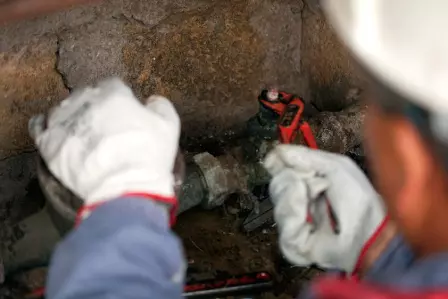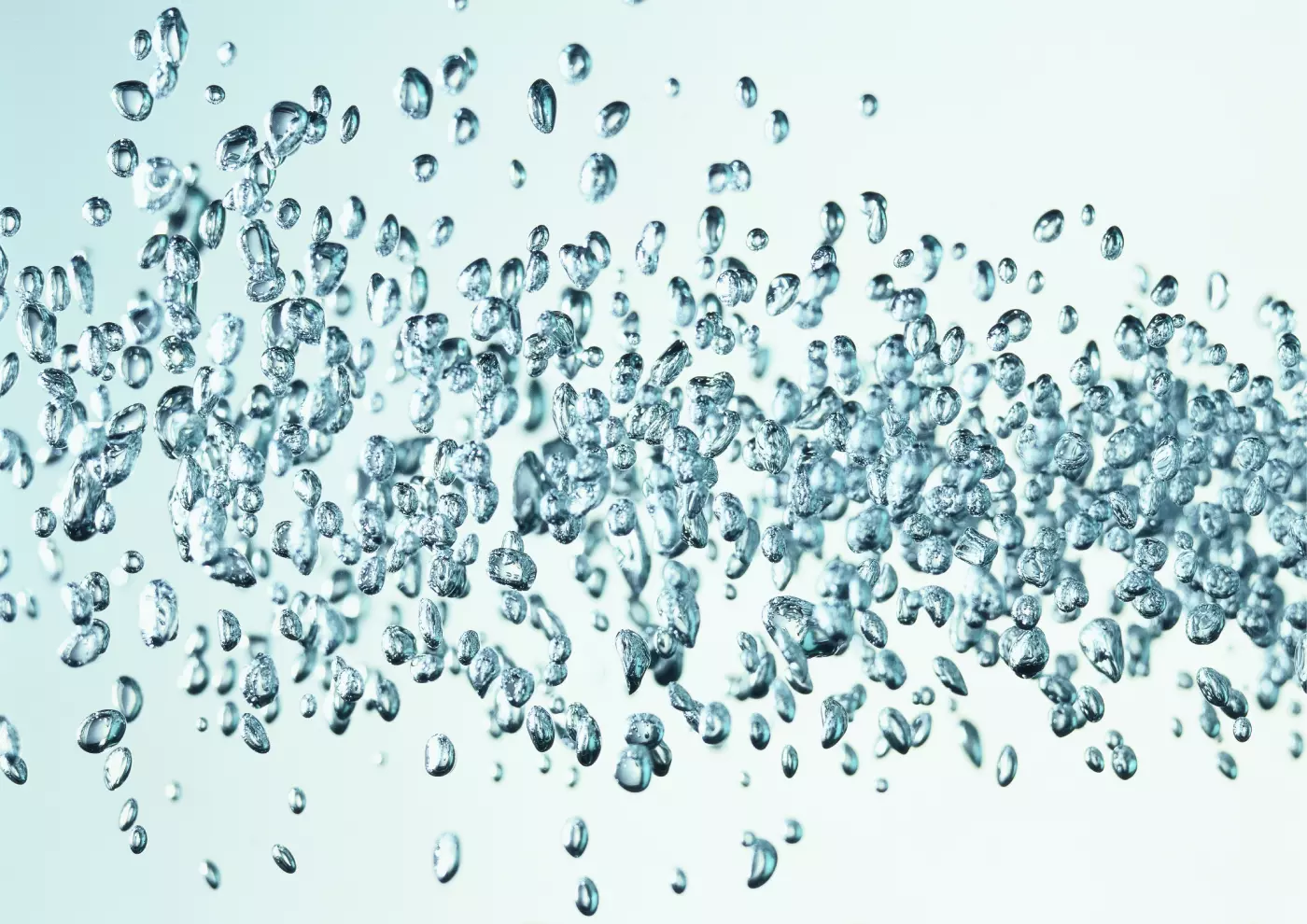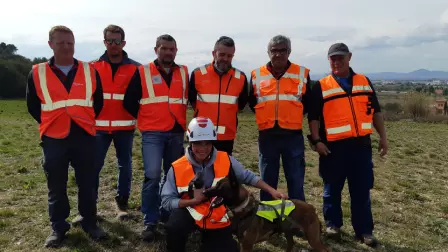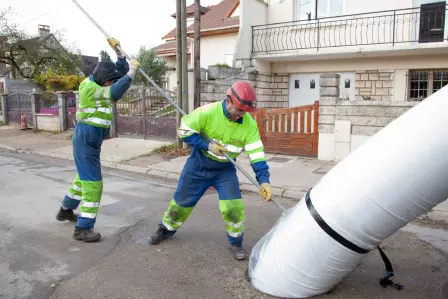What are water leaks?
They are a loss of potable water on a distribution network before water reaches the end user. Buried pipes, connections, and reservoirs can all be sources of leaks, leading to significant waste of water resources and incurring high production and treatment costs for operators.
A global problem that must be fought
Leaks represent, on average, 30%1 of the volume of drinking water distributed around the world, a rate that reaches 50% on certain aging networks. Beyond wasting water, these water losses are not billed, negatively impacting the economic performance of water providers.

Veolia’s 3R strategy
Veolia relies on a multifaceted, 3-part approach designed to effectively handle these water leaks:
1. Root out leaks with efficient detection technologies
2. Repair identified network flaws in a targeted fashion
3. Renew and/or rehabilitate the most critical pipes using a range of suitable techniques
Cutting-edge water leak detection technologies
To detect leaks, Veolia has a wide range of techniques at its disposal including:
- Acoustic correlation: to detect and locate leaks by studying how fast sound travels between two acoustic sensors
- Tracer gas: inject an inert gas (hydrogenated nitrogen or helium) to identify flaws in pipes
- Pipe inspection using a camera:robots outfitted with cameras for direct detection
- Hydraulic modeling: with the help of simulations to identify at-risk areas
- Use of an AI-based innovative technology: the Leak Tracker system is an essential leak hunting tool. Veolia technicians use it to survey the ground and quickly identify leaks on the network before swiftly taking action to curb water waste.

First of its kind:
For several years, Veolia has also been testing the use of sniffer dogs to detect leaks! It’s an unprecedented approach to leak detection–thanks to their sense of smell, dogs are trained to recognize areas where water is leaking underground. When a leak is identified, Veolia field teams are charged with repairing the local water network.

Smart repairs and targeted works
These technologies allow Veolia to prioritize repairs and focus its investments on rehabilitating and renewing the most deteriorated sections of water infrastructure. Techniques like carbon lining and pipe bursting allow for pipeline rehabilitation without significant works.

Compelling results
In Bordeaux, the rate of grid renewal tripled and leaks reduced by 20% in 5 years thanks to the action plan that Veolia implemented.
In Baku, Azerbaijan, water losses were halved in 10 years.
In the Paris metro area, where Veolia operates the water network on behalf of the public utility Syndicat des Eaux d’Île-de-France (SEDIF), network performance reached, on average, 90%, making it one of France’s highest-performing. The network is made up of 8,700 kilometers of pipes, underlining the excellence of this result.
"Reducing leaks means preserving water resources, lowering production costs and delaying the need for significant investments. Thanks to its expertise, Veolia helps its clients make progress in this area of sustainable performance."
David Maisonneuve, Veolia Technical and Performance Manager.
181 million cubic meters of water saved annually thanks to leak reduction programs
Up to 50% leak rate in certain aging networks
30% average water losses globally


